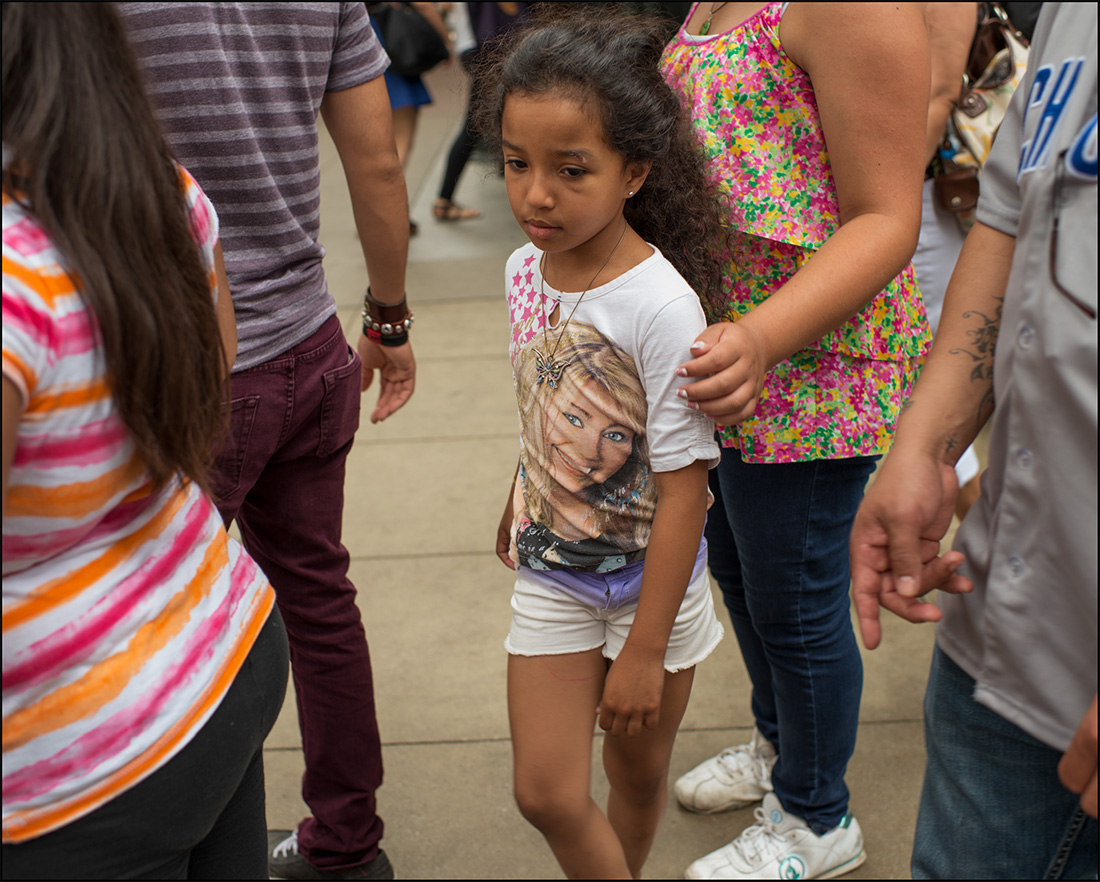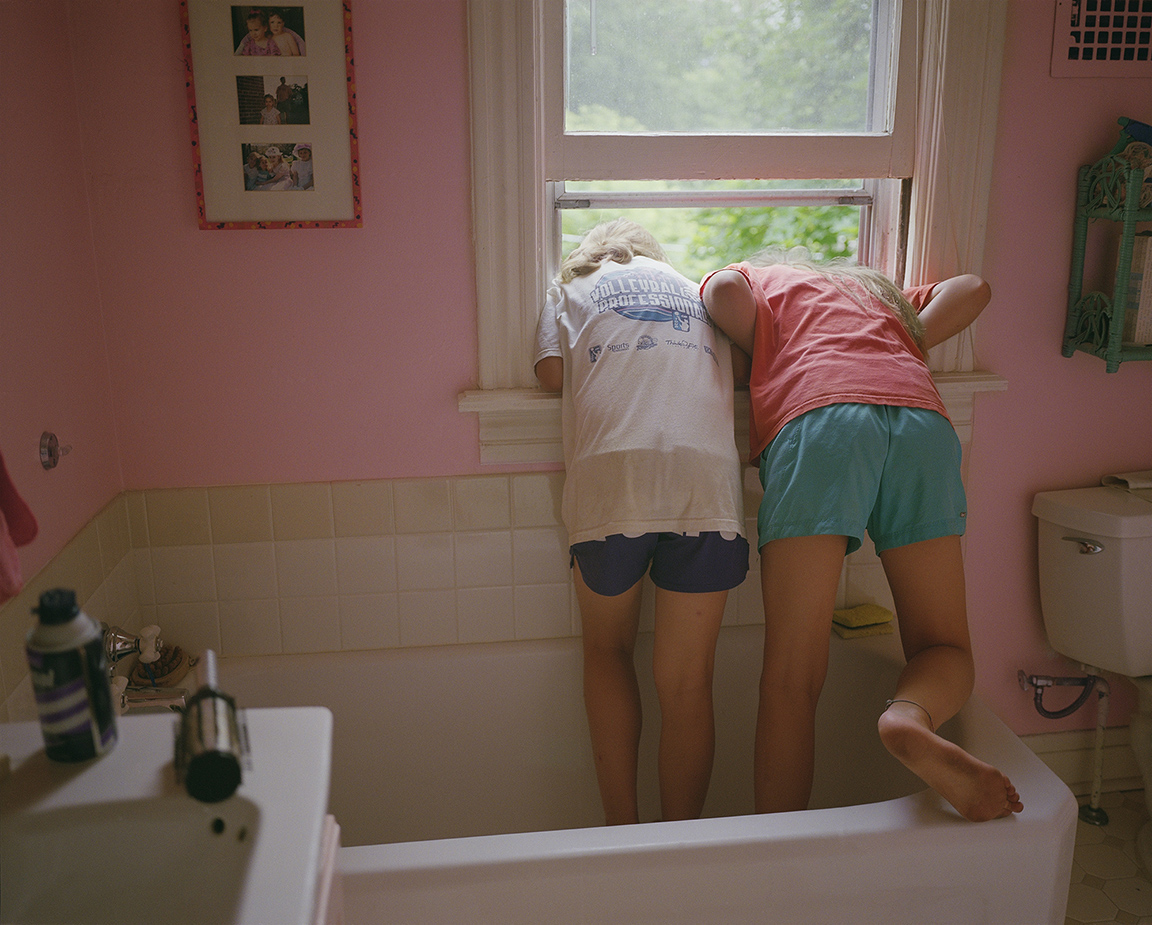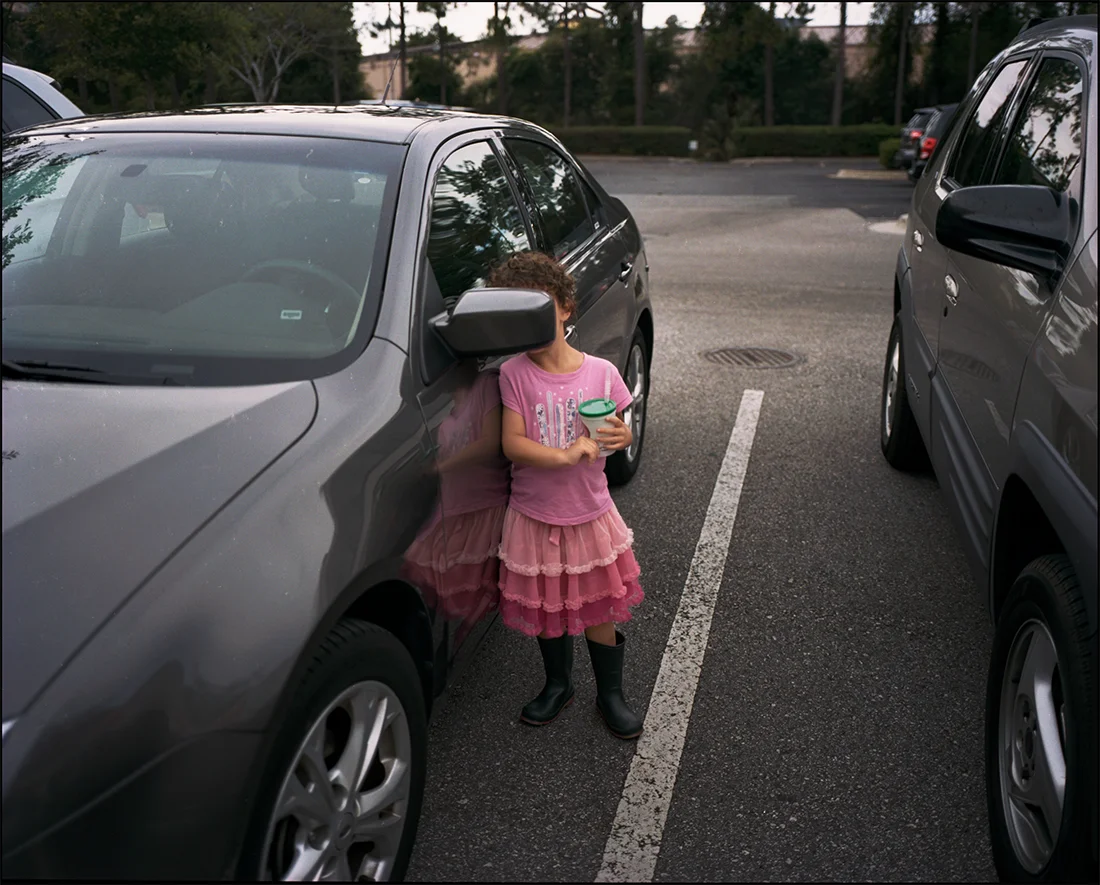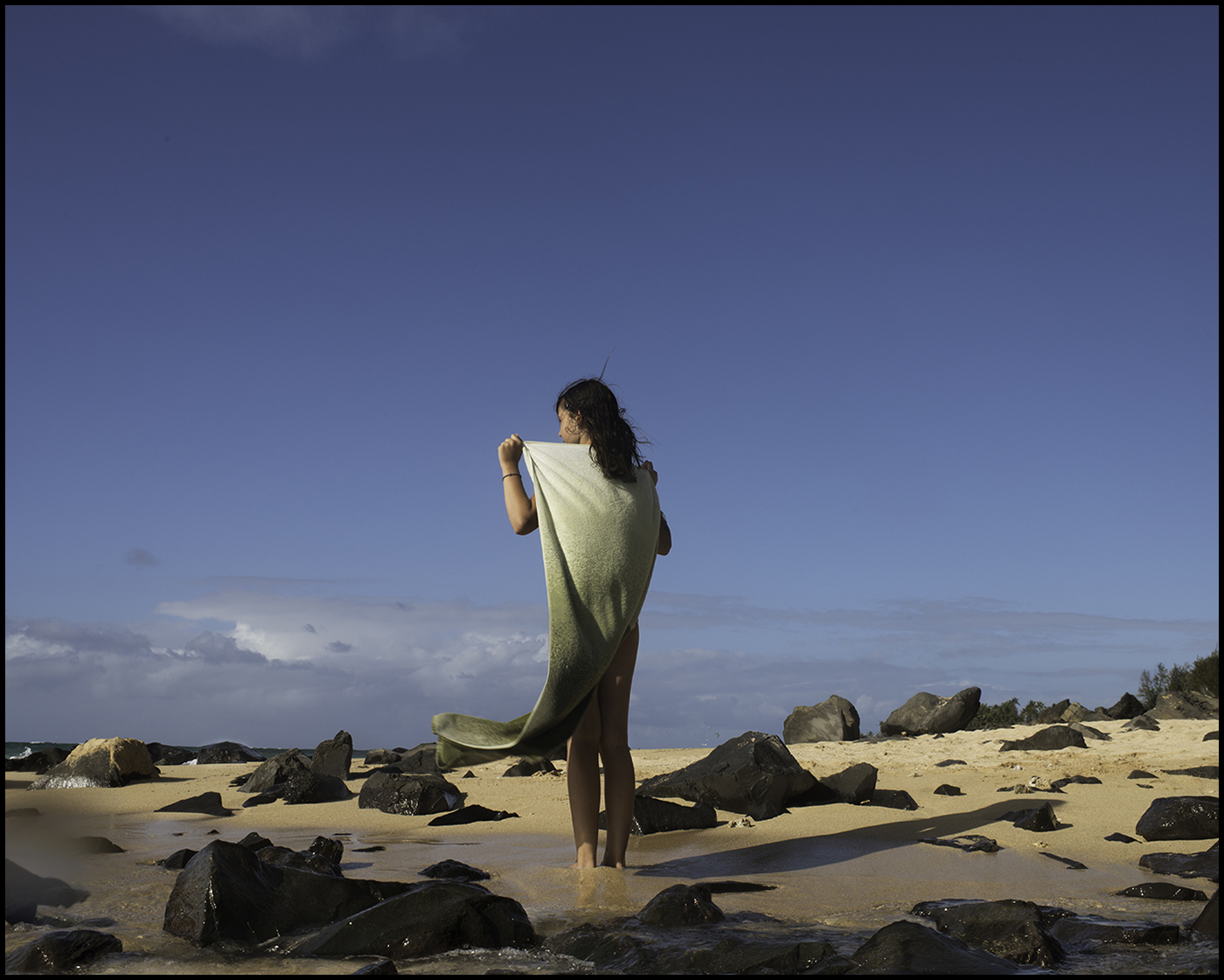


































fine art photography
My mother used to say that in her next life she wanted to come back as Bill Pinney, her husband. That describes the hierarchy in our house in a nutshell. For us kids, there was a decided split between what boys and girls were allowed to be and do.
I'm from a large Catholic family with five brothers and a father who didn’t much value the ambitions of his three daughters. Envying my brothers’ freedoms, I wanted to do everything they could do– better. Yet female protagonists were few to girls of my generation, and accounts of women artists simply not available.
Patriarchy was the air we breathed, so pervasive as to be invisible.
Reading became my refuge. In The Lives of the Saints I found stories that sustained me, accounts of young women whose rich and ardent inner lives became beacons for my own budding life as an artist.
Through the exploration of feminine identity I began in 1988, I came to realize that the hierarchy which dominated my family life dominated every other aspect of life also. Thirty years on, few realized how entrenched that hierarchy still remained until #MeToo exploded with women’s stories of harassment and oppression. My work as a photographer has always been part of that story, informed by my own girlhood and that of my daughter, Emma.
Some of these images suggest an oppressive force hanging over women and family life, while others describe what we don’t see often enough– a world where girls with agency are the subjects of their own lives. I’ve looked to embody the transcendence and independence that intrigued me as a girl in The Lives of the Saints. The sacramental view of life I experienced then remains deeply embedded in the way I see now as an artist.
My mother used to say that in her next life she wanted to come back as Bill Pinney, her husband. That describes the hierarchy in our house in a nutshell. For us kids, there was a decided split between what boys and girls were allowed to be and do.
I'm from a large Catholic family with five brothers and a father who didn’t much value the ambitions of his three daughters. Envying my brothers’ freedoms, I wanted to do everything they could do– better. Yet female protagonists were few to girls of my generation, and accounts of women artists simply not available.
Patriarchy was the air we breathed, so pervasive as to be invisible.
Reading became my refuge. In The Lives of the Saints I found stories that sustained me, accounts of young women whose rich and ardent inner lives became beacons for my own budding life as an artist.
Through the exploration of feminine identity I began in 1988, I came to realize that the hierarchy which dominated my family life dominated every other aspect of life also. Thirty years on, few realized how entrenched that hierarchy still remained until #MeToo exploded with women’s stories of harassment and oppression. My work as a photographer has always been part of that story, informed by my own girlhood and that of my daughter, Emma.
Some of these images suggest an oppressive force hanging over women and family life, while others describe what we don’t see often enough– a world where girls with agency are the subjects of their own lives. I’ve looked to embody the transcendence and independence that intrigued me as a girl in The Lives of the Saints. The sacramental view of life I experienced then remains deeply embedded in the way I see now as an artist.